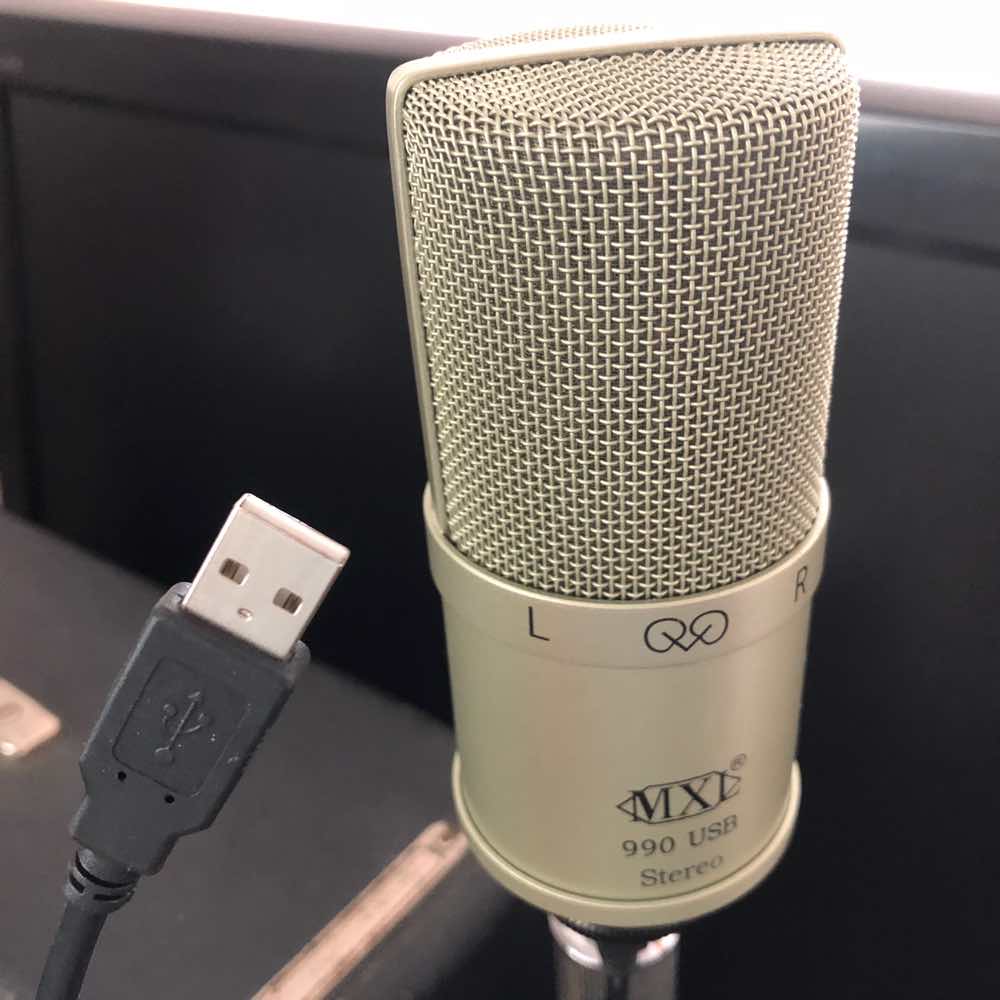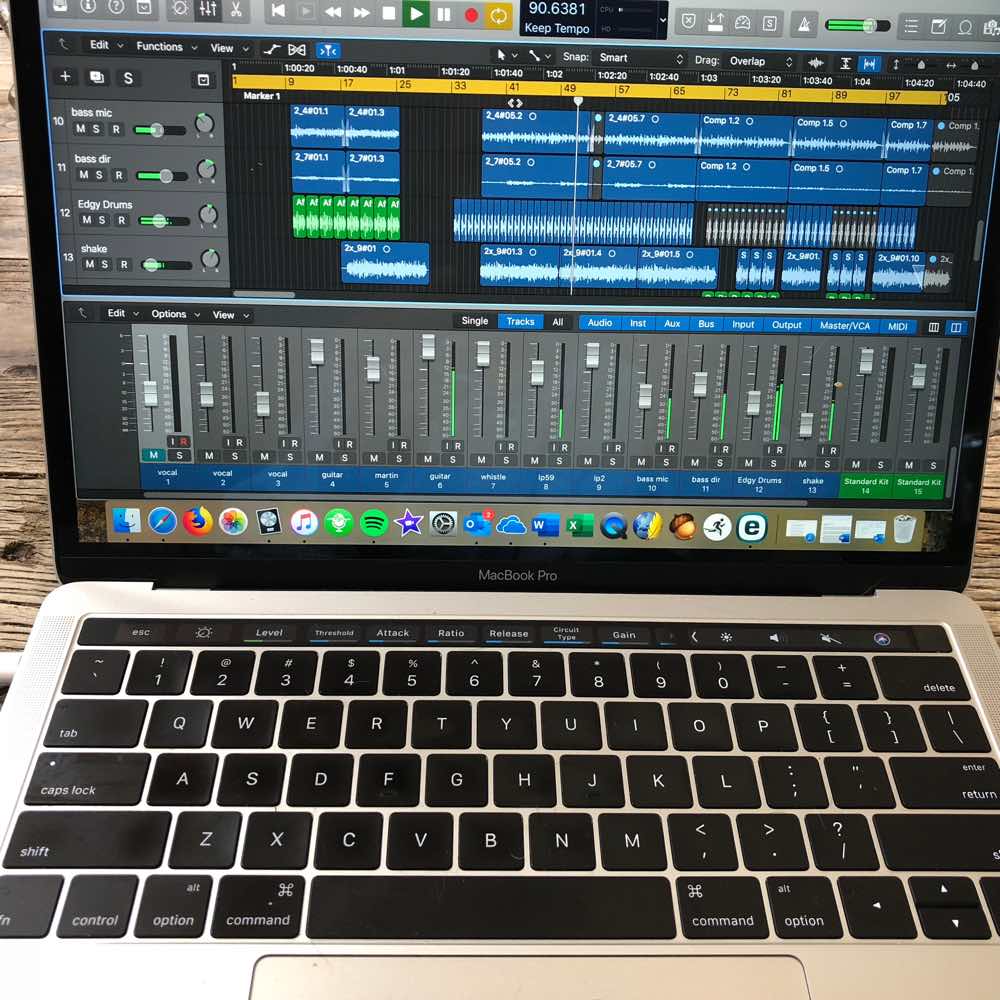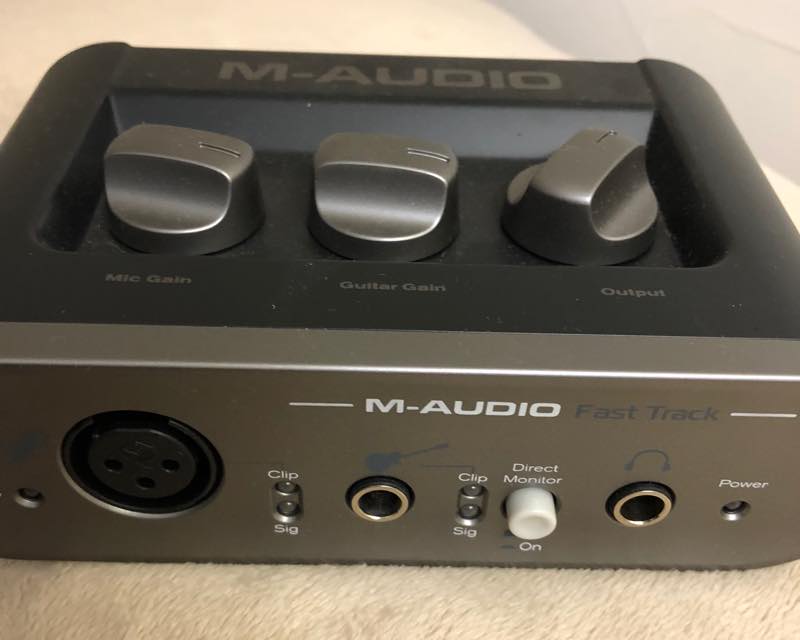home : contact : merchandise : buyMusic : poem : pics : video : interview : home recording : links : news : history : freedownload : catalog








|
home : contact : merchandise : buyMusic : poem : pics : video : interview : home recording : links : news : history : freedownload : catalog |
|||||||||||||
| |
 |
 |
|
 |
|||||||||